Published by Gurpriya Singh
“These traditions are ages old, who made these, and when did they come into practice? If you keep silent, will this world change? If you speak up, raise your voice, only then will this community transform,” sung a few girl champions, as the bus honked its way to Ranchi district in Jharkhand state.
This week marks one year of the Ab Meri Baari bus journey of over 5000 km covered across Jharkhand, Rajasthan and Uttar Pradesh. As part of the campaign, 300 girls presented social audit results after conducting assessment of adolescent-focused services in over 100 villages and drew attention to issues such as equitable health, nutrition and education, access to basic menstrual hygiene products and sanitation services, among others.
Movements are built on lived realities that are often expressed in the form of different narratives and stories. These contexts and lived realities are extremely diverse in nature, while all reveal a ruptured thread in the system, this sharing, creation of reflective and participative spaces allows for collectivisation, camaraderie and empathy in youth movements.
For years, communities have played a key role in the decision-making, functioning and provisioning of many government policies and schemes at the village level. For instance, community action for health is an accountability mechanism in National Rural Health Mission, and school management committees are mandated to have participation of parents and students.
Also read: Why Many Of The Indian Youth May Not Be Voting This…
Yet there is a marked gap in the community action mechanism for reasons such as lack of awareness and participation in these action groups, hampering the formation and functioning of local institutions and negligible participation of young people in these institutions, missing out on a key demographic in local governance.
We tried to address this during our campaign by devising a participatory girl-led social audit of various government schemes and programs. Girl champions developed and implemented these auditing tools by mapping communities, understanding the role of local institutions and interviewing block and village level officials incharge of the programs.
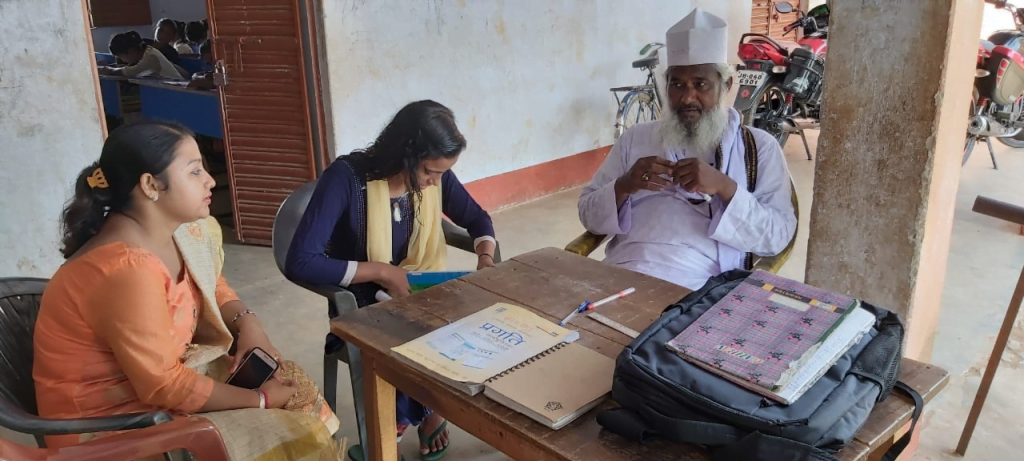
Once the social audits were completed, girls not only shared their experience with local officials and other stakeholders, but demanded better provisions for optimum service delivery. Many of them pointed out shortcomings of government schemes, which were not in line with local realities. This emphasised the importance of participative and active role of adolescents and youth in scheme, and program design and delivery that are meant to cater to them.
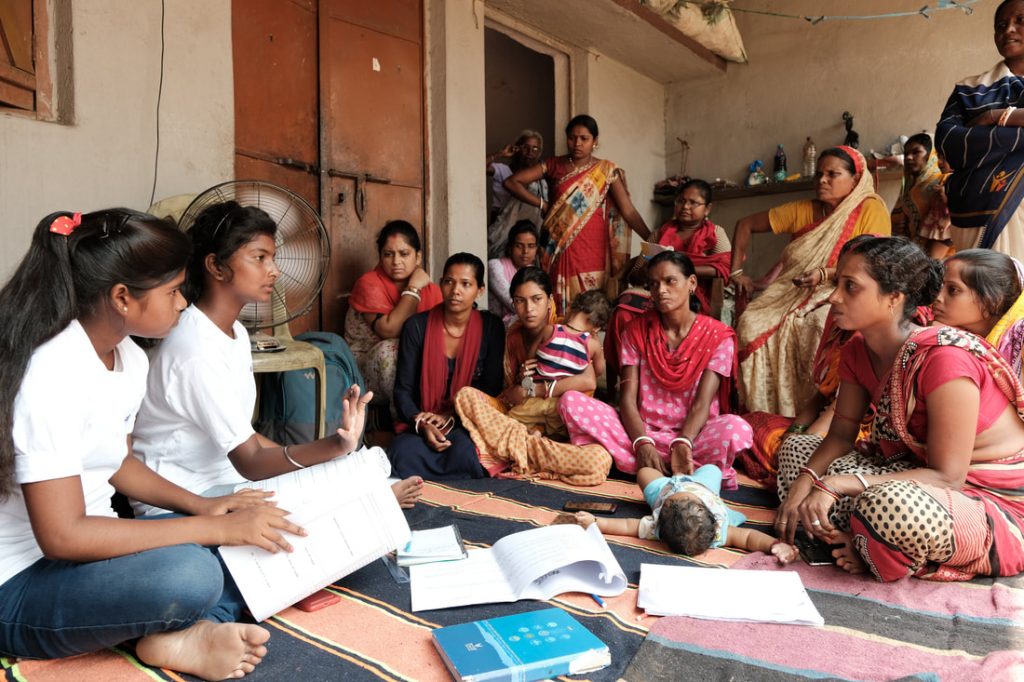
This youth-led movement has not only led to an increase in awareness, but also improvement in service delivery and accountability mechanisms.
Here are some learnings from youth, specifically girl participation at a community level.
Don’t Abandon The Tribe, Move Slow But Together!
About 223 million girls in India were married before the age of the 18, and of which 102 million were married before the age of 15, participation of this group in youth centric action groups, institutions and movements is very important — it is their lived experience that gives them a unique perspective on how to positively affect their situation, influence those around them and devise strategies appropriate to their local context.
Yet, this group, which remains largely invisible and hard to reach due to multiple social and economic vulnerabilities, gets missed out. For many girls, especially married girls and young mothers, there is a fear of judgement, family repercussions, shame, safety concerns and stigma that they face in accessing social media platforms, undertaking overnight journeys for workshops, engaging with men and boys and travelling in the village; yet they overcome by making visible the critical role that they play in movements for themselves, their families and communities.
Traditionally, opportunities and benefits are directed to those who are socially and economically better off, but a design of an intentional outreach process can ensure that we include young people whose voices get missed out due to varied levels of marginalisations and vulnerabilities.
I’ll admit that it wasn’t by design, but we had a few married girl champions lead the campaign, where they built trust within their families and communities to undertake the campaign. In fewer spoken words but with great detail of observation, many girl champions were able to see an alternate reality, a life of voice and choice that they could at least dream and aspire for.
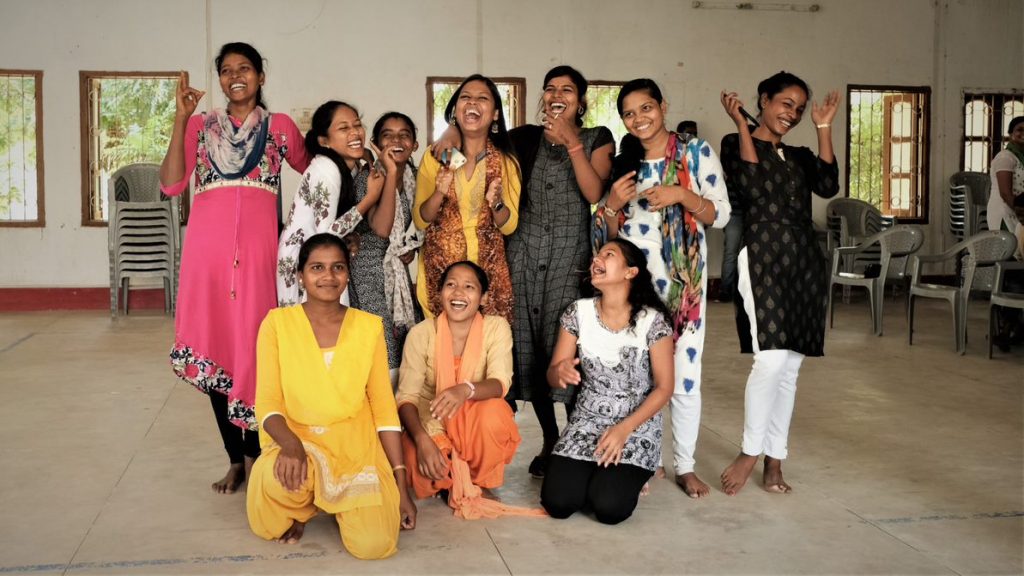
Creating A Mix Of Different Voices
Movements are built on lived realities that are often expressed in the form of different narratives and stories. These contexts and lived realities are extremely diverse in nature, while all reveal a ruptured thread in the system, this sharing, creation of reflective and participative spaces allows for collectivisation, camaraderie and empathy in youth movements.
Many of these stories from youth movements have been highlighted in the works of development sector organisations, media, etc. But in building movements, it is crucial to restore voice, reclaim agency and allow for young people to express the stories in their own language and methods. Development sector organisations should play a role to encourage communities to share these narratives on digital, social and traditional media platforms, hence making platforms accessible and equitable for young people as well as bringing newer perspectives to movements.
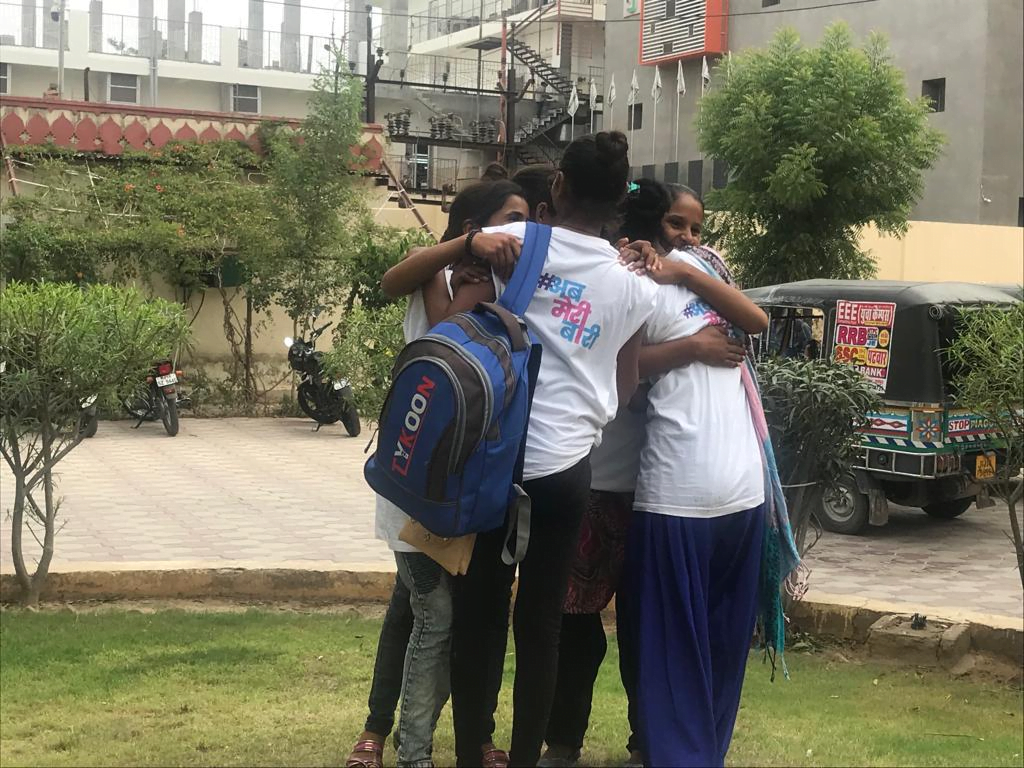
Fear Of Backlash – How Much Freedom Is Too Much Freedom?
One of the girls came late for a session at the bus journey; her eyes were swollen and she wasn’t in the most jovial of mood that you’d expect her to be. She said that she had her periods delayed and hence developed a bloated stomach, but her mother failed to understand this as a menstrual health issue. Her mother ridiculed her for being in a romantic relationship, and perhaps even getting pregnant during one of the campaign residential workshops. Situations like these—termed as ‘backlash’ in the development sector— lead to many girls dropping out of the campaign altogether.
According to a report by Dasra, as many as 85% of organisations were familiar with cases of backlash in their programs, while 60% of the organisations were aware of a girl dropping out of a program due to a potential risk of having contact or friendship with boys.
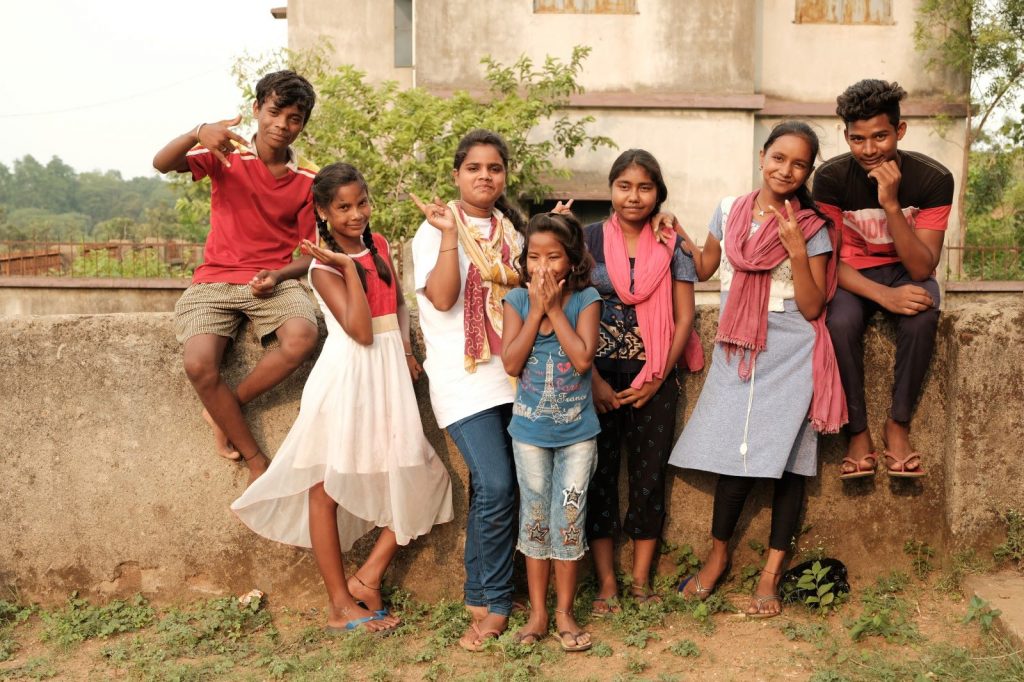
At a community level, many girl champions continue to fear extreme risk for exercising agency and defying traditional cultural norms. Some of the girls even told us that they had faced hurdles in the past when accessing government helpline for child marriages and issues of sexual and reproductive health and rights, for these are considered taboo subjects within their family.
Also read: In conversation with ComMutiny: The Youth Collective
In cases of child marriage where officials are scared to violate the custom in fear of losing support from the community, girl champions had to take personals risks and submit complaints/ letters to ChildLine or Panchayat leaders, and once the marriages were stopped, community members created a ruckus, hence causing a great personal risk to many girl champions.
In cases of child marriage where officials are scared to violate the custom in fear of losing support from the community, girl champions had to take personals risks and submit complaints/ letters to ChildLine or Panchayat leaders, and once the marriages were stopped, community members created a ruckus, hence causing a great personal risk to many girl champions.
Girls face significant challenges, especially as observed in campaigns and movements, at three levels—family, community and institutions that have traditionally seen girls as recipients or beneficiaries of services. Thus, any attempt at building and spearheading a campaign for better services, at times, invites objections from local administration.
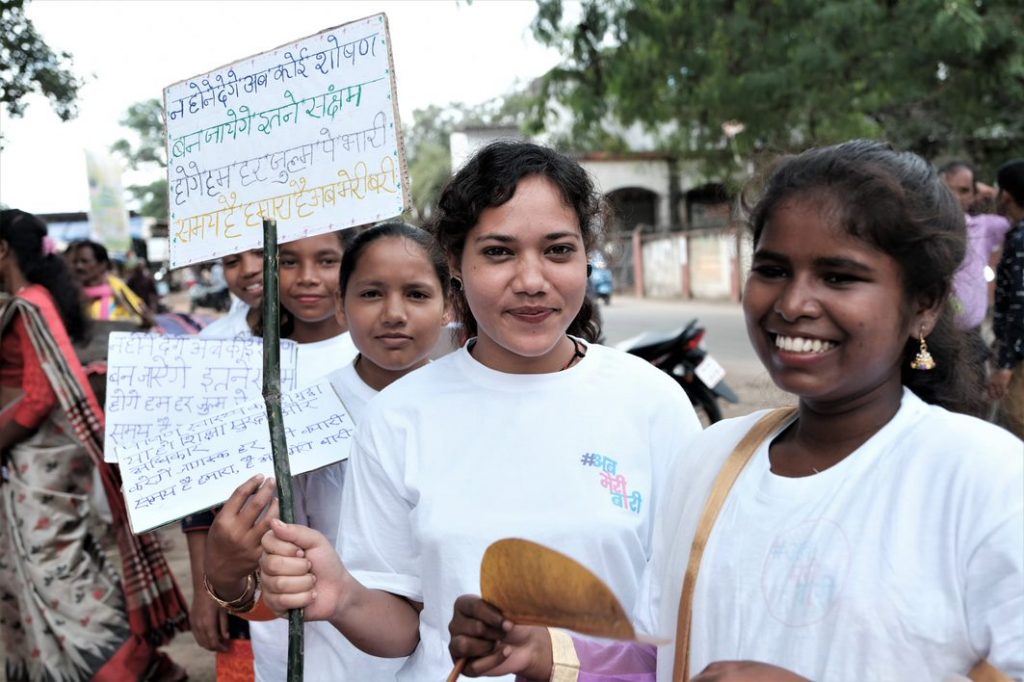
In 2018, a report by Frida, a non-government organisation, found respect to be a core aspect for girl-led movement. “They want to be supported in their journey, but they don’t want to be talked down to. They have valuable contributions to make and would like adults to recognise that as well. Girls want to be recognised for their current worth and not just for their potential,” the report noted.
Now more than ever, when community backlash is rising, institutions like schools and aanganwadis are shut, issues like violence against women and sexual abuse are on a rise, there is a sharp impact on the youth’s mind, bodies and lives in general, the stories need to be told and shared directly by young people, there needs to be intentional design to engage with marginalised groups and young people need to be at the fore in their families and communities.
You can find the author on Twitter.
Featured Image Source: Dasra
About the author(s)
Dasra is catalyzing India's strategic philanthropy movement to transform a billion lives with dignity and equity. In 1999, Dasra was founded on the simple premise that supporting non-profits in their growth will scale their impact on the vulnerable lives they serve. Dasra accelerates social change by driving collaborative action and powerful partnerships with funders, social enterprises and other key stakeholders.




